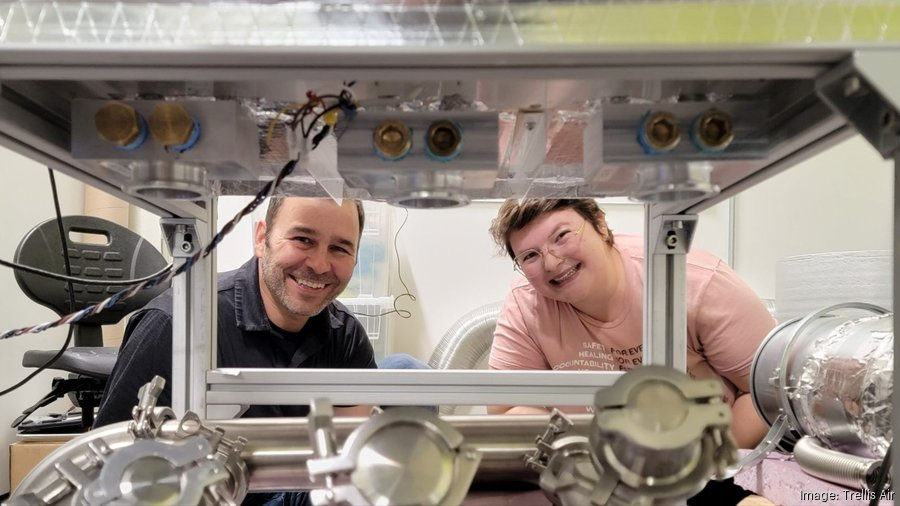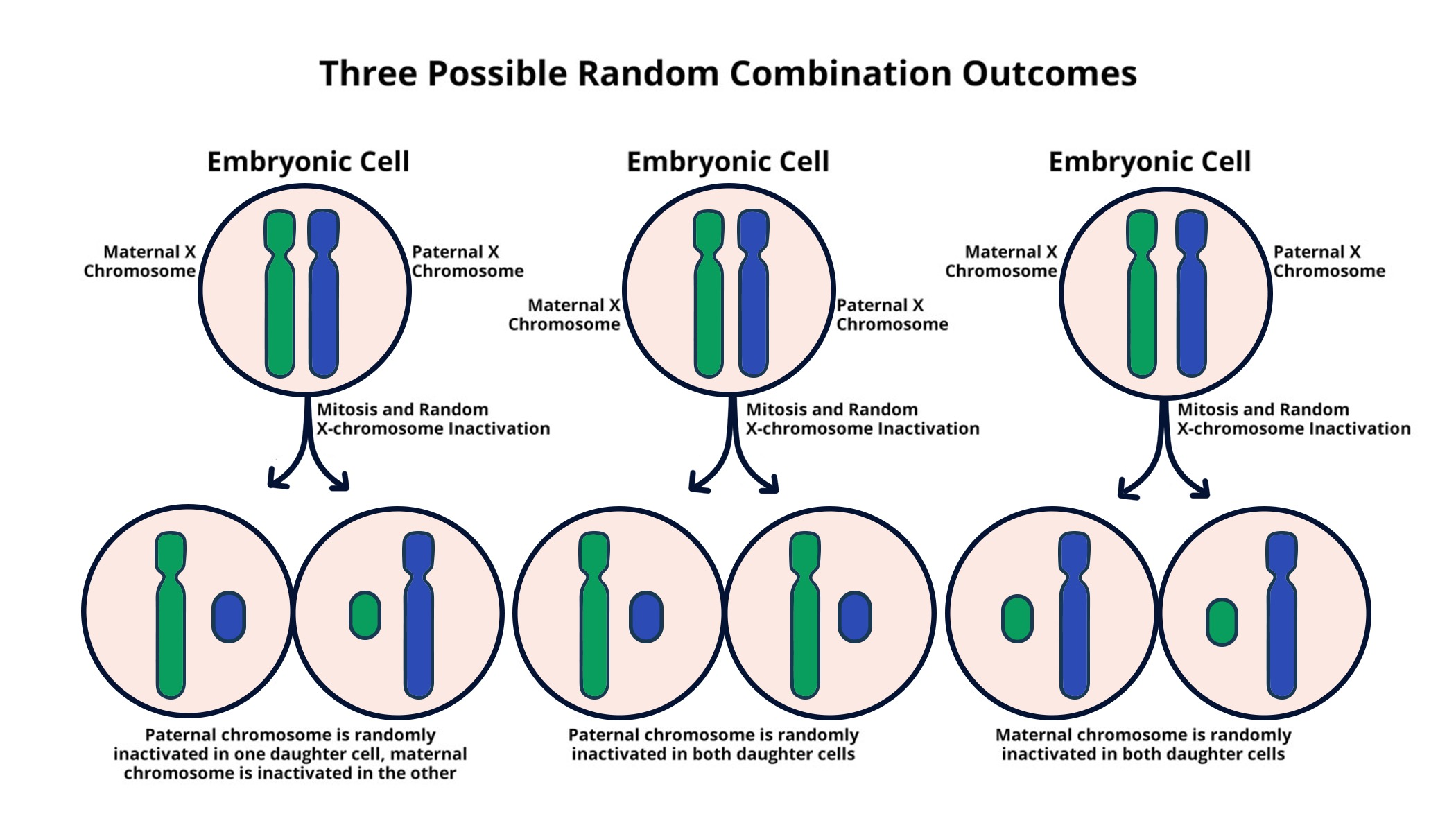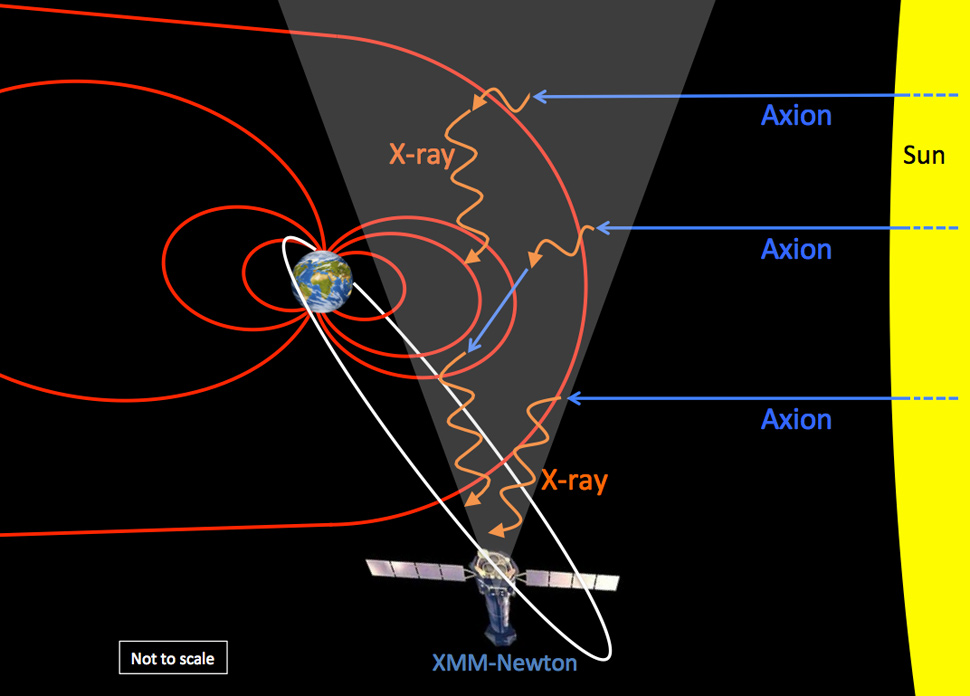Gary Ruvkun’s groundbreaking discovery of microRNA in the early 1990s has transformed our understanding of gene regulation, setting the stage for his recognition as a recipient of the 2024 Nobel Prize in physiology or medicine. Initially, Ruvkun and his colleague, Victor Ambros, were not the celebrated figures they are today, as the significance of their findings was not immediately appreciated by the broader scientific community. However, their research, primarily backed by NIH funding, highlighted a new layer of genetic control in the C. elegans roundworm that has vast implications for biology and medicine. As the importance of microRNAs in regulating genes became clearer, interest in their potential applications blossomed, leading to revolutionary discoveries in microRNA therapies for various diseases. Ruvkun’s work exemplifies how perseverance in basic research can lead to monumental breakthroughs in science and health.
The journey of Gary Ruvkun’s discovery of microRNA represents not just a significant scientific advancement but also a profound shift in the landscape of genetic research. In the early years following Ruvkun’s findings, the concept of these small, regulatory RNA molecules was met with skepticism, limiting immediate engagement from the broader research community. However, as the nuances of gene expression and regulation related to microRNA became more widely recognized, it spurred global interest in their applications, especially within the context of developing targeted therapies. This interest has proliferated into a robust field that is now integral in addressing major health challenges through innovative microRNA methodologies. Ultimately, Ruvkun’s pioneering efforts redefine our approach to gene regulation and the potential for transformative microRNA-based therapies.
The Journey of Gary Ruvkun in MicroRNA Research
Gary Ruvkun’s journey in the world of microRNA began in the early 1990s when he, alongside Victor Ambros, made a groundbreaking discovery that would later lead to their receipt of the Nobel Prize in Physiology or Medicine in 2024. Their initial work, published in the prestigious journal *Cell*, uncovered a new dimension of gene regulation within the C. elegans roundworm. At that time, both scientists weren’t widely recognized as leaders in their field, yet their insights into microRNA set the stage for a paradigm shift in genetics, significantly impacting our understanding of gene expression across various species.
Despite the rocky start and the initial skepticism from the broader evolutionary biology community, Ruvkun’s dedication and relentless pursuit of knowledge paid off. Funded primarily through NIH grants, their research began to gain traction, drawing in a growing audience that was fascinated by the role of microRNAs. Over time, the scientific community recognized that microRNAs were not just a curiosity in the worm model but fundamental biological entities that influenced gene regulation in plants and animals, including humans.
MicroRNA and Its Implications for Gene Regulation
MicroRNAs represent an essential layer of gene regulation that impacts numerous biological processes such as development, differentiation, and disease pathogenesis. Ruvkun’s research highlighted that these tiny RNA molecules play crucial roles in modulating the expression of protein-coding genes. As more studies emerged, it became evident that microRNAs could regulate roughly one-third of human genes, suggesting their far-reaching implications in biology and medicine.
With the realization of their significance, the research community has turned its focus toward utilizing microRNAs in therapeutic applications. There are ongoing clinical trials that aim to harness microRNA therapies for various diseases including cancer, cardiovascular diseases, and neurodegenerative disorders. Such innovative approaches not only offer potential solutions for treatment but also represent a new frontier in precision medicine, further solidifying the importance of microRNA in modern biology.
The Impact of NIH Funding on Scientific Research
Gary Ruvkun’s work illustrates the critical role of NIH funding in advancing scientific research. For over four decades, he has emphasized how federal grants have not only sustained his lab but have been instrumental in propelling scientific breakthroughs that led to the discovery of microRNA. As Ruvkun notes, the support he received, amounting to around $150,000 annually, equipped his lab with the resources necessary for innovative exploration without the burden of financial constraints that can stifle the scientific process.
Moreover, the relationship between funding and groundbreaking scientific discoveries cannot be understated. Ruvkun has argued that cutting such financial support risks dismantling a system that fosters innovation. The success stories stemming from federally funded research serve as a reminder of how investment in science can yield transformative results, paving the way for advancements in drug development and our understanding of complex biological systems.
MicroRNA Therapies: The Future of Medicine
As research into microRNAs continues to grow, their therapeutic potential becomes increasingly apparent. Scientists are investigating how microRNA therapies could revolutionize treatments for chronic conditions like heart disease and cancer. For instance, by directly targeting and modulating the expression of specific microRNAs, researchers aim to design therapies that can effectively alter disease pathways, making significant strides towards personalized medicine.
Clinical trials are already underway for several microRNA-based therapies, showcasing the optimism surrounding their application in real-world medicine. These developments could lead to breakthrough treatments that not only address symptoms but target the underlying causes of diseases at the genetic level. The evolution of microRNA therapies also highlights the importance of integrating fundamental research with clinical applications, a core tenet of Ruvkun’s advocacy for continued investment in scientific exploration.
Gary Ruvkun’s Legacy and the Nobel Prize
Gary Ruvkun’s recognition with the Nobel Prize in Physiology or Medicine in 2024 marks a significant milestone not only in his career but also in the broader field of genetics. This prestigious accolade is a testament to their pioneering discovery of microRNA and its implications for understanding gene regulation. Ruvkun and Ambros’s journey from relative obscurity to Nobel laureates underscores the unpredictable nature of scientific discovery and the potential of basic research to reshape entire fields.
The Nobel Prize not only highlights their contributions but also elevates the status of microRNA research globally. Ruvkun’s work has sparked renewed interest in gene regulation, inspiring a new generation of scientists to delve deeper into the complexities of RNA biology. His insights have opened avenues for exploring how microRNA can be harnessed for innovative therapeutic strategies, illustrating the far-reaching impact of foundational research supported by NIH funding.
The Evolution of RNA Research Since 1992
Since Gary Ruvkun and Victor Ambros’s discovery in 1992, the field of RNA research has evolved dramatically. Initially, their work on microRNA was met with skepticism, but as more findings emerged that demonstrated the universal roles of these molecules, the landscape of molecular biology began to shift. MicroRNAs have transitioned from overlooked entities to central players in the regulation of gene expression across a diverse array of organisms.
Today, RNA research encompasses various aspects of molecular biology, exploring themes like RNA interference, gene editing, and non-coding RNAs. This evolution reflects a broader recognition of RNA’s significance beyond traditional protein-coding genes, implicating it in various cellular and developmental processes. The shift in focus has catalyzed comprehensive investigations into RNA’s roles in health and disease, highlighting the crucial importance of continued funding and support for such transformative areas of study.
Ruvkun’s Advocacy for Continued Federal Support
Gary Ruvkun is an outspoken advocate for the necessity of federal funding in scientific research. Reflecting on his own experiences and the success of his lab, he stresses that sustained investment is integral to the advancement of scientific discovery. Without continued support from bodies like the NIH, there is a risk that emerging scientists may abandon research prospects in the U.S. for more stable opportunities elsewhere, undermining the spirit of innovation that has defined American science for decades.
Ruvkun’s advocacy extends beyond his own field, as he highlights the interconnectedness of federal funding and the broader scientific landscape. He recalls that many of the leading biotech companies and pharmaceutical advancements owe their origins to foundational research funded by the government. Thus, Ruvkun emphasizes that cutting research budgets could stifle future innovation, posing a threat to both economic growth and scientific progress.
The Role of MicroRNAs in Disease
MicroRNAs play an increasingly vital role in the understanding and treatment of various diseases. Their ability to regulate gene expression means that any dysregulation can lead to health issues ranging from cancers to neurodegenerative diseases. Research has shown that specific microRNAs can serve as biomarkers for early detection of diseases, significantly enhancing diagnostic capabilities and facilitating timely interventions.
As scientists strive to leverage the insights gained from microRNA research, there is a clear trajectory towards developing novel therapies. By understanding the intricate mechanisms through which microRNAs operate, researchers aim to create targeted treatments that can reverse or mitigate the effects of diseases. This represents a groundbreaking shift in medicine, where addressing genetic factors via microRNAs could lead to more effective and personalized healthcare solutions.
A Look Ahead: Future Directions in MicroRNA Research
The future of microRNA research is promising, with numerous pathways yet to be explored. Current scientific inquiries are likely to expand upon the foundational knowledge established by pioneers like Ruvkun and Ambros, investigating the intricate networks of microRNA interactions and their full biological implications. As the technology for studying RNA continues to develop, new methods will emerge, revealing deeper insights into the cellular functions of microRNAs.
Furthermore, as clinical applications arise — especially in the realm of microRNA therapies — transdisciplinary collaboration will become increasingly essential. By intertwining genetics, molecular biology, and clinical science, researchers can optimize the therapeutic potential of microRNAs, potentially leading to breakthroughs that revolutionize how we approach treatment for complex diseases. Investments in this avenue of research seem not only beneficial but necessary for the continued evolution of medicine.
Frequently Asked Questions
What is the significance of Gary Ruvkun’s microRNA discovery in the field of gene regulation?
Gary Ruvkun’s microRNA discovery has revolutionized our understanding of gene regulation, demonstrating that small RNA molecules play critical roles in controlling gene expression across various organisms. This groundbreaking work laid the foundation for further research into microRNAs, leading to significant advancements in gene therapy and the development of microRNA therapies for diseases like cancer and heart disease.
How did NIH funding contribute to Gary Ruvkun’s microRNA research?
NIH funding was pivotal to Gary Ruvkun’s microRNA research, providing essential financial support that enabled him and his team to explore the functions of microRNAs over decades. This support helped Ruvkun’s lab remain at the forefront of genetic research, ultimately leading to the groundbreaking discovery that earned them the 2024 Nobel Prize in Physiology or Medicine.
What impact did Gary Ruvkun’s research on microRNA have on modern therapies?
Gary Ruvkun’s research on microRNA has opened avenues for innovative therapies in the medical field, with microRNA-based treatments currently in clinical trials for various conditions, including Alzheimer’s, cancer, and Crohn’s disease. This finding highlights the potential of microRNA therapies in modern medicine, transforming how genetic diseases are managed.
Why did it take so long for Gary Ruvkun’s microRNA discovery to gain recognition?
Initially, Gary Ruvkun and Victor Ambros faced skepticism in the scientific community after their microRNA discovery in 1992. The significance of microRNAs was not immediately appreciated, as the broader applications to human biology were unclear. Over time, as more researchers recognized the critical roles of microRNAs in gene regulation across species, interest surged, solidifying their importance in genetics and leading to their eventual Nobels.
How has Ruvkun’s microRNA discovery influenced collaborations within the scientific community?
Ruvkun’s microRNA discovery has fostered increased collaboration within the scientific community, bridging gaps between different fields of study. As interest in microRNA research expanded, various scientists from diverse disciplines began to explore their functionalities, creating a vibrant network of collaboration that shaped modern genetics and molecular biology.
What role do microRNAs play according to Gary Ruvkun’s findings?
According to Gary Ruvkun’s findings, microRNAs are essential regulators of gene expression that influence how genes are translated into proteins. They are involved in various biological processes, including development and cellular differentiation, underscoring their fundamental role in the regulation of physiology across organisms.
What future directions does Gary Ruvkun foresee for microRNA research?
Gary Ruvkun anticipates that future microRNA research will delve deeper into understanding their therapeutic potential. As technology advances, he expects to see more targeted microRNA therapies developed for a range of diseases, improving treatment efficacy and patient outcomes in the field of personalized medicine.
How has the landscape of gene regulation changed since Gary Ruvkun’s microRNA discovery?
Since Gary Ruvkun’s microRNA discovery, the landscape of gene regulation has transformed significantly. MicroRNAs have emerged as fundamental components in the control of gene expression, leading to the development of new paradigms in genetics and molecular biology, and showcasing their vital role in health and disease management.
What challenges exist for researchers in the field of microRNA studies according to Ruvkun?
Gary Ruvkun highlights that challenges in microRNA research include the need for sustained funding and support for basic science. Ensuring government funding remains a priority is crucial for retaining talented scientists in the field, as they face potential career uncertainties without adequate financial backing.
| Key Point | Description |
|---|---|
| Discovery Background | Gary Ruvkun and Victor Ambros discovered microRNA in 1992, which later led to a Nobel Prize in 2024. |
| Early Reception | The discovery initially did not attract much attention from the scientific community, as its significance was not immediately clear. |
| Funding and Interest Growth | Research primarily funded by NIH grants eventually gained interest from a broader RNA research community. |
| Impact of microRNAs | MicroRNAs are essential in gene expression regulation and have therapeutic potentials for diseases like cancer and Alzheimer’s. |
| Federal Funding Importance | Ruvkun emphasizes the critical role of federal funding in supporting scientific research and innovation. |
| Future of Research | Concerns exist regarding the future of scientific careers due to funding cuts potentially leading to talent loss. |
Summary
The discovery of microRNA by Gary Ruvkun and Victor Ambros in the early 1990s has grown from obscurity to major significance, culminating in their 2024 Nobel Prize in physiology or medicine. Their research, initially met with skepticism, has proven crucial in understanding gene regulation and presents promising therapeutic avenues for various diseases. Ruvkun’s dedication to federally funded research has not only transformed scientific capability in the U.S. but also sparked an expansive interest in RNA biology across different fields, underlining the critical nexus between funding, research innovation, and future scientific careers.








